We are thrilled to welcome graduate student George Olken to write for us this week. In his essay, Olken reflects on the work of Nathaniel Dorsky, whose films explore the relationship between cinema and the unknowable.
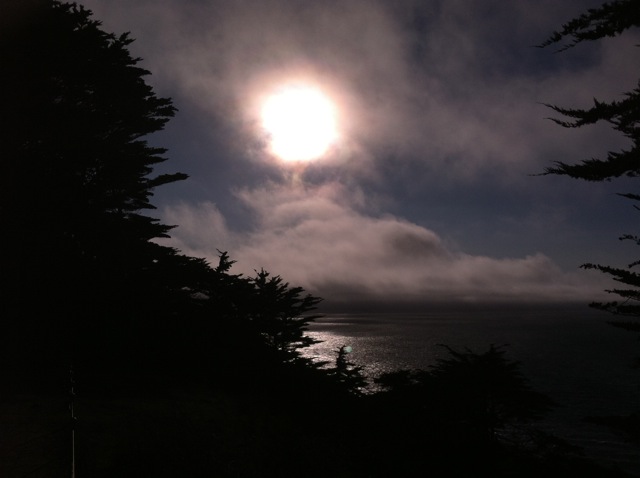
Nathaniel Dorsky captures silent images of the world, subtle shifts, beauty. His tools are deceptively simple: a 16mm camera with few controls and a small set of film stocks. To make this work requires remarkable patience—light moves slowly, the equipment is heavy, and one’s feet get cold standing still. One hundred feet of film (the maximum load for a camera such as his) runs less than four minutes at 18 frames per second. Measuring oneself against the tempos and durations of film-time is a humbling experience that has produced many earthbound visions. But where others see material existence, Dorsky sees through it to the spirit.
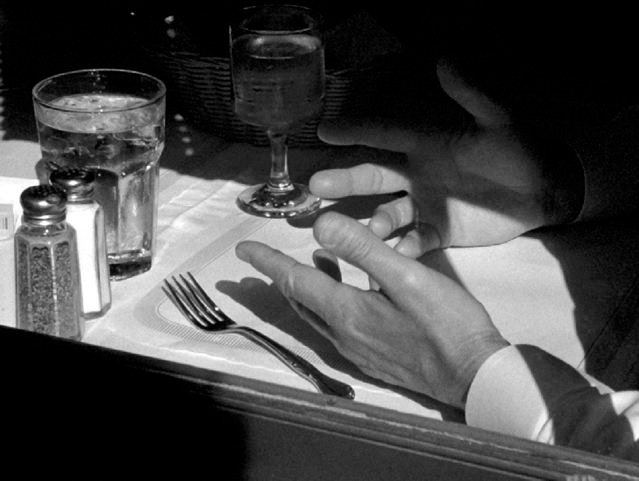
Speaking at the Harvard Film Archive in 2013, Dorsky explained how the architecture of cinema affects filmmaking. In the theater, the screen is positioned like a stage for images. Many filmmakers follow this logic, as if gravity pulls the bodies on screen down to the bottom of the frame. This need not be so. Dorsky’s images explore other possibilities in thrilling variety: looking down and up and through. He takes nothing for granted; darkness and color become load-bearing elements in his films’ structures. He held up his hand to diagram his concept of editing: the color red, for example, in two successive shots (he indicated his thumb and forefinger) becomes overdetermined—too meaningful; a little farther apart (thumb and middle finger) and it throws you out of the flow—remember the shot before last—too literal; but separated just enough (thumb and pinky), beyond conscious apprehension, and the film resonates. In Devotional Cinema (2005), Dorsky writes, “When all this is functioning and wedded to its subject matter, a film becomes like a leopard walking across a room—beautiful, liquid, and full of meaning.”
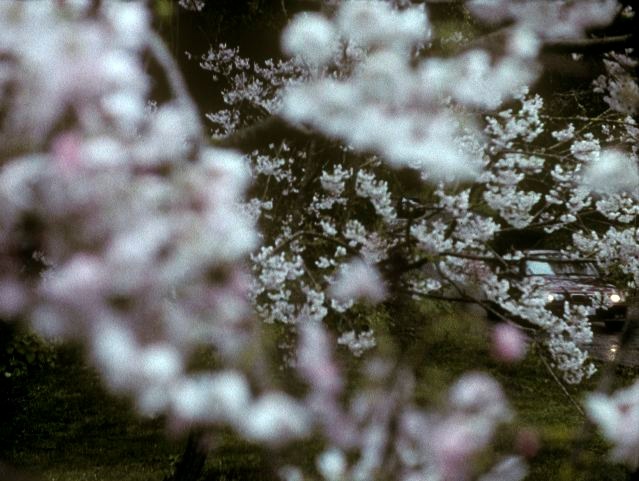
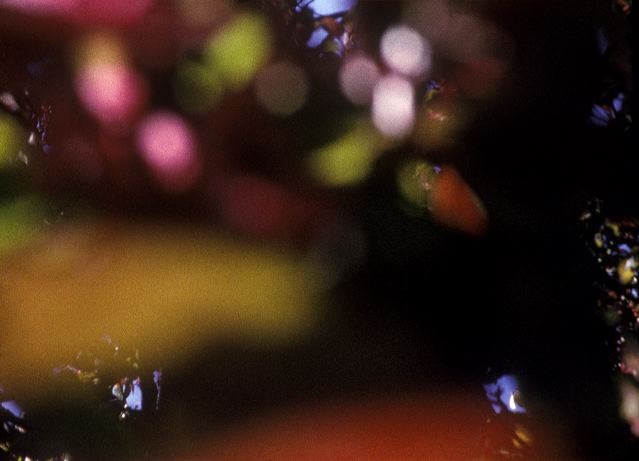
It is difficult to describe films like these—without characters or narrative—they are hard to recall (and not available in digital reproductions). One is left with banal fragments of what can be put into words: flowers, bubbles under ice, a mannequin seen through a window. Reading back in my journal, for one film I wrote just the word “dark.” Of a film titled Winter (2008), I wrote, “an older film about winter in San Francisco.” But that can’t be right because his films are not about. It is precisely description, and language, that they defy, which is why it is crucial they are silent. It is the continuity of sound that bridges, what Dorsky calls, the “intermittence” of vision; that connects a glance up into the sky with the ground, by the voices and noises out of view. Silence is “the interruption that allows us to experience what is hidden.” Dorsky goes on, “Allowing intermittence into a film activates the viewer’s mind. There is an opportunity to make connections, to feel alive and stimulated. Making these connections, activating these synapses, brings the viewer into the present moment.”
Within that moment, one is suspended. There’s no way to anticipate what image will come next. Instead one is conscious of sitting in front of an event on screen—both the light from the projector and the moving pictures it transmits. It is like sitting in the world before a flower or a bee. There is no word for the feeling of shifting sand as wind changes direction (as in Dorsky’s Alaya, 1976-87); or the sight of a dying man brought back to life for a moment and then gone again with the cut (Dorsky’s friend George Kuchar in August and After, 2012). We see a world perpetually unfolding, like the turning camera motor, winding down, arrested a moment too soon.
Behind these images, one feels a human being moving across landscapes. Given his propensity for the word devotion, one is tempted to call Dorsky a pilgrim. Suffice to say, he is a walker. Dorsky says he makes his films by walking each day with his camera. He says more recently, passersby eye his cranky old Bolex with curiosity and humor. It’s a relic from another time. But his films reveal an eternal present, what he calls “deep, vertical nowness,” within the ebb and flow of “horizontal temporality.” That’s when he’s trying to explain. Otherwise he says simply, “Human beings are born, live for a certain period of time, and die. There’s no denying that form.”
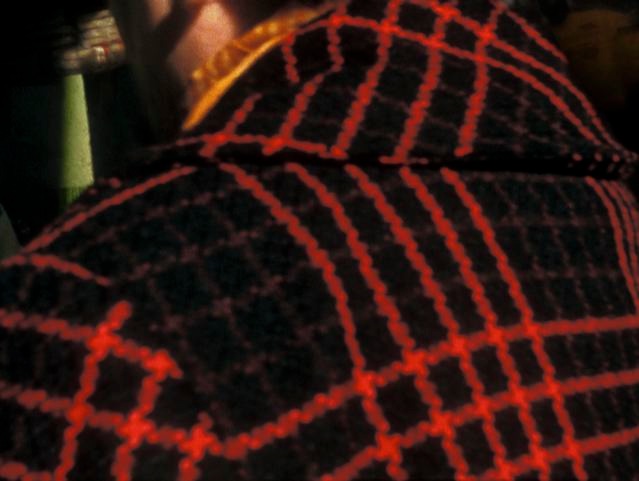
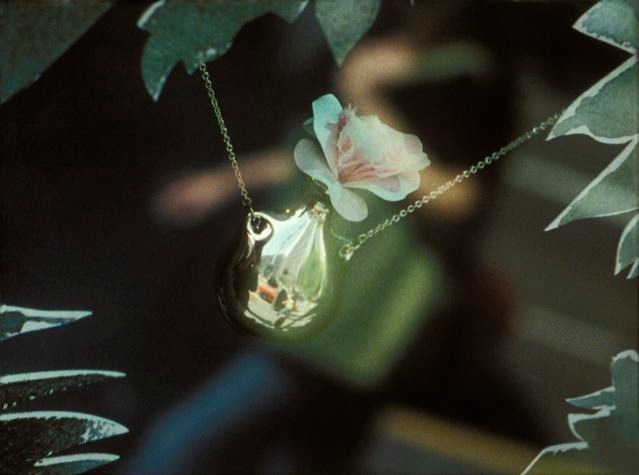
George Olken (School of the Art Institute of Chicago, MFA in Writing, ’17) taught and studied filmmaking with Robb Moss, who studied with Ricky Leacock, who worked with Robert Flaherty, who made the first film to be called documentary. He also makes cookies.